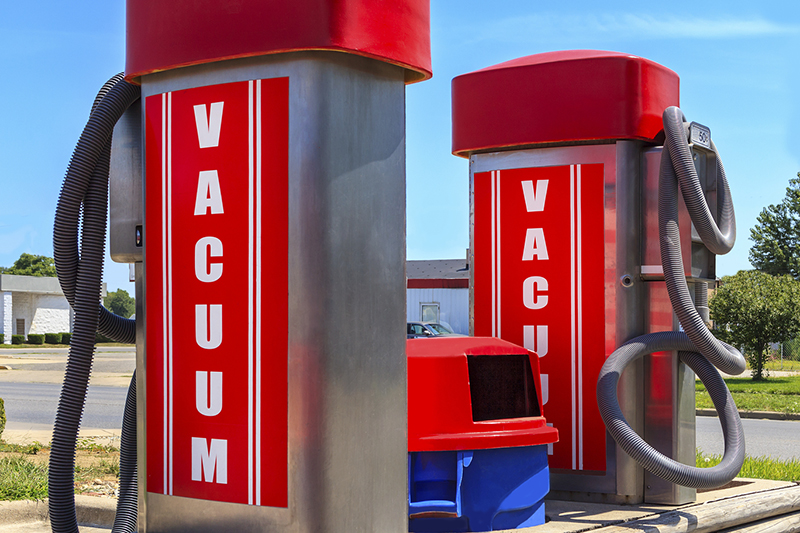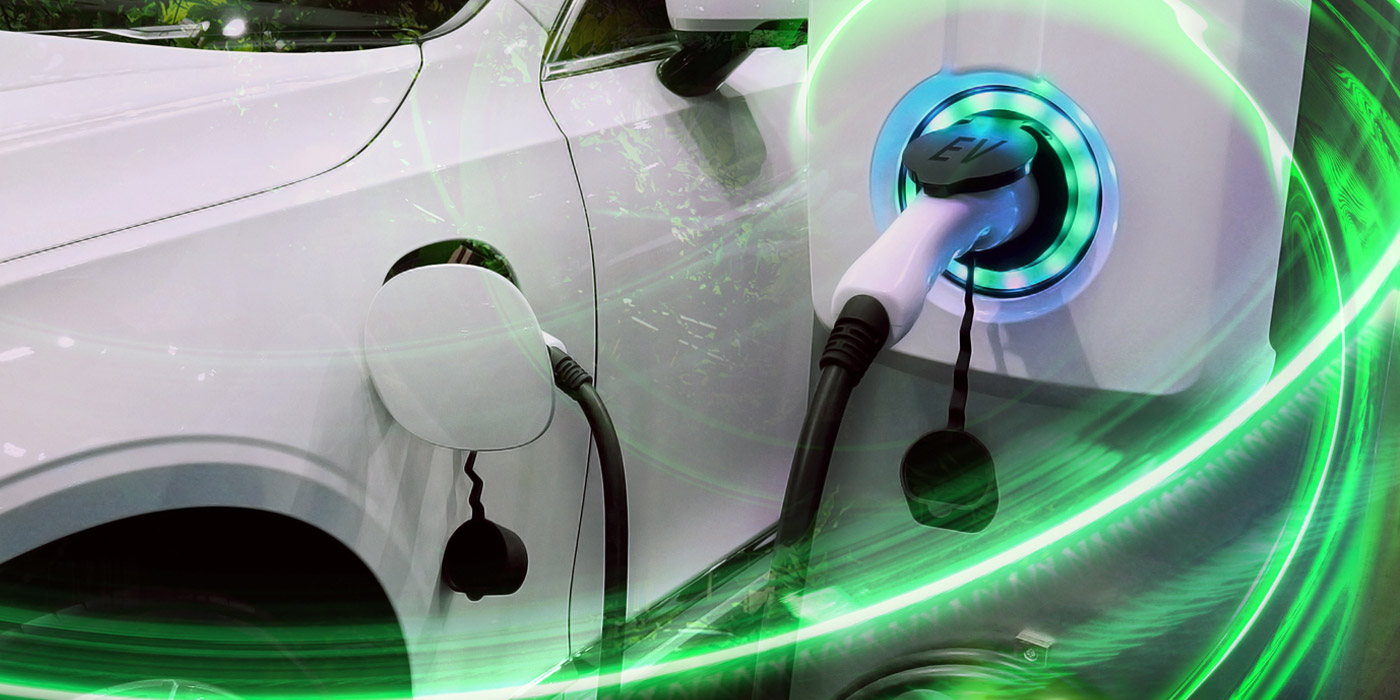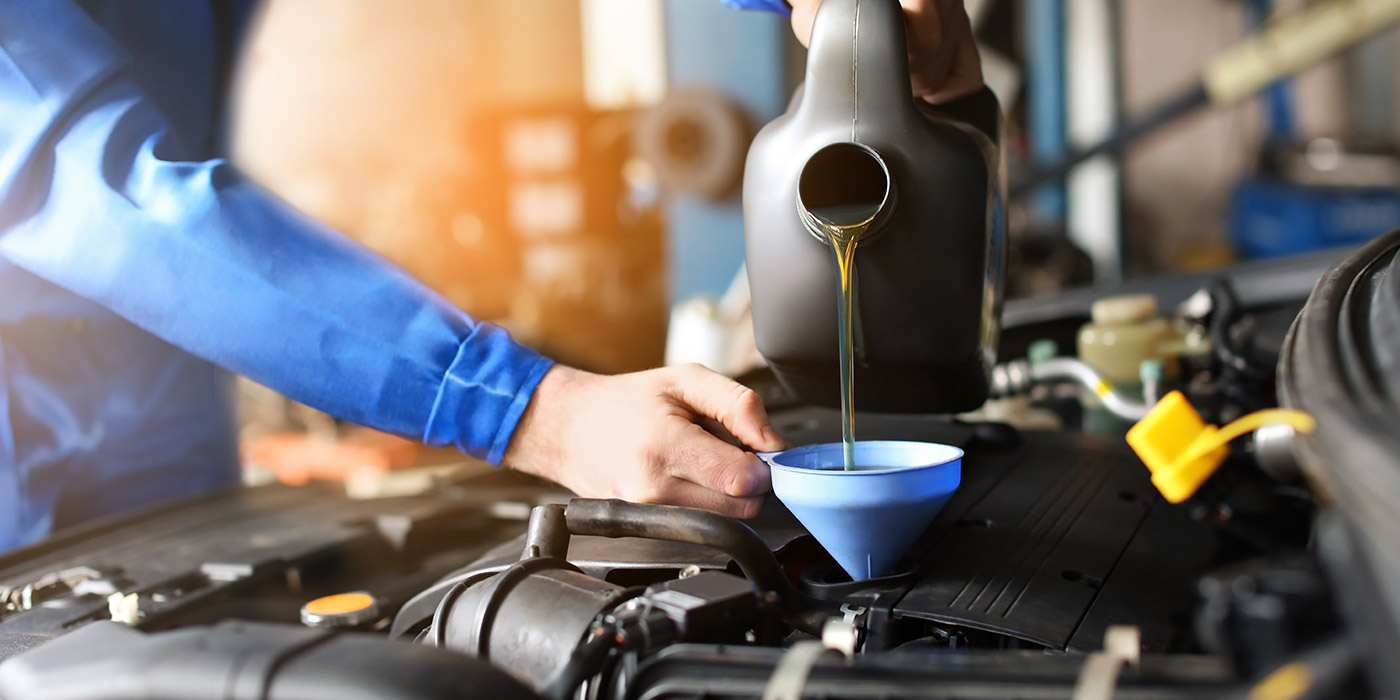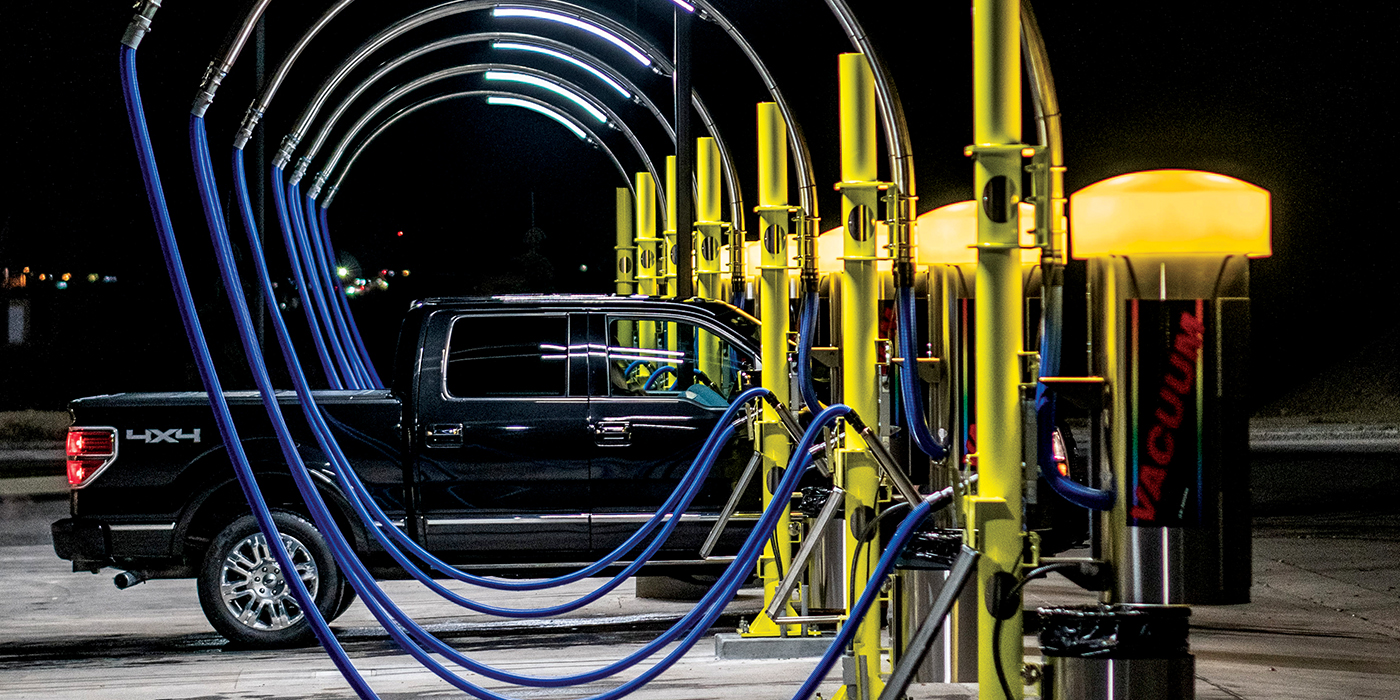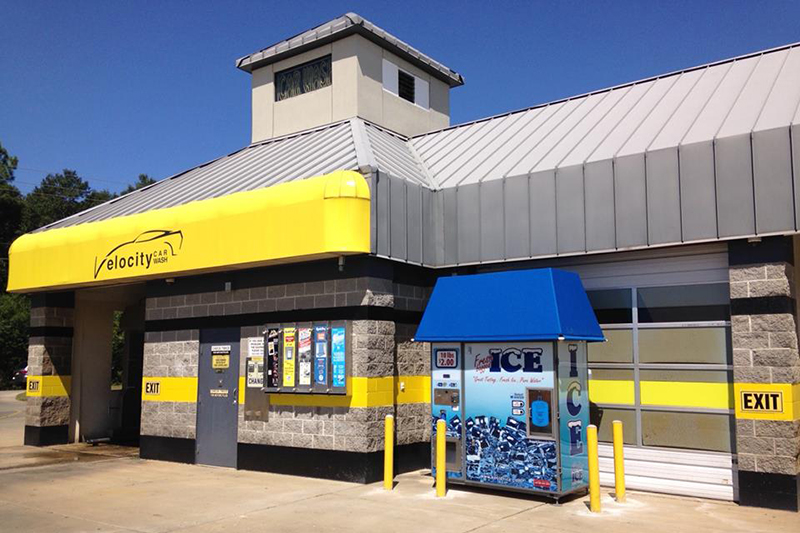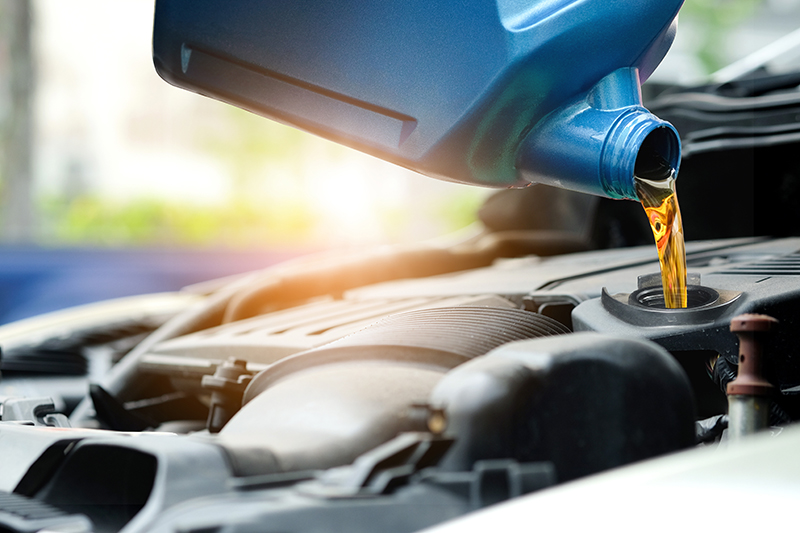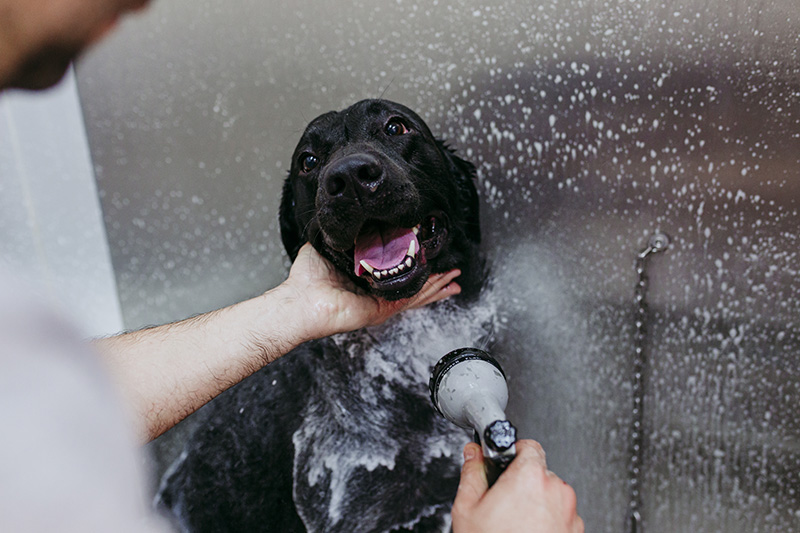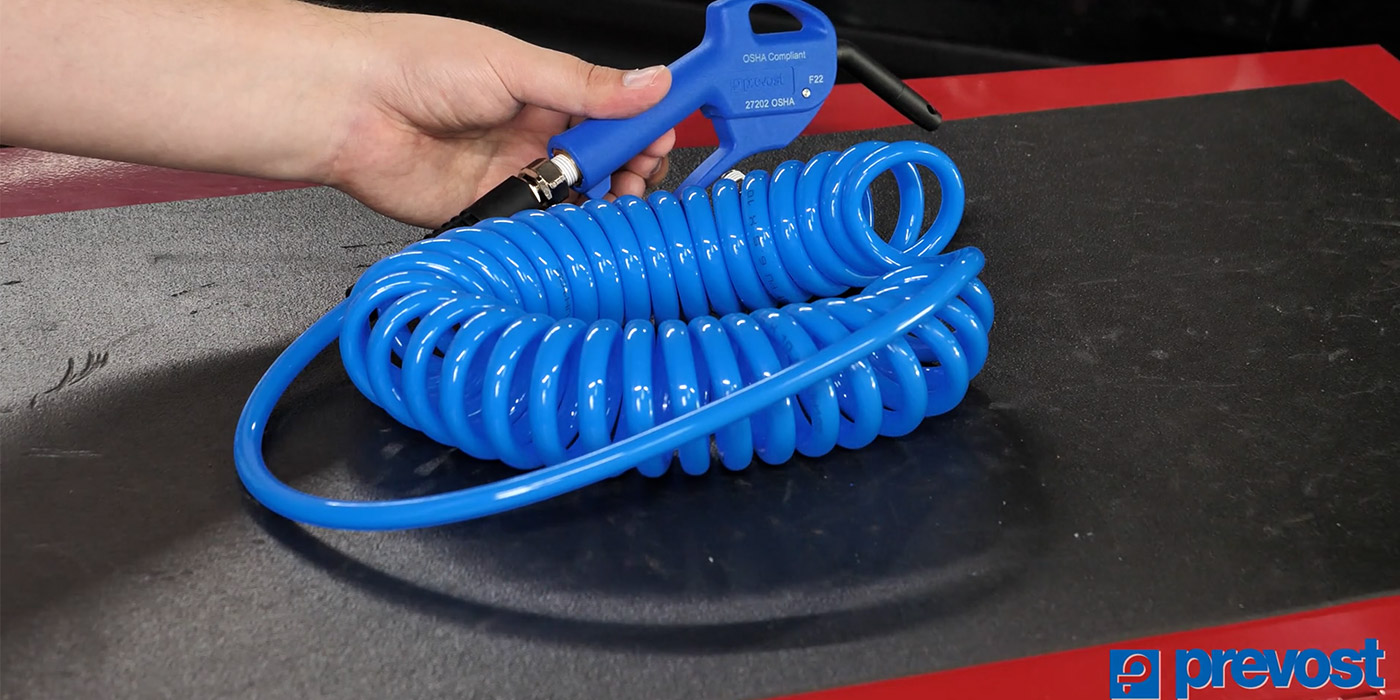As a carwash operator, you are well aware that over time, you are going to have to deal with a vacuum that is either not working at all or one that is not performing up to the standards you or your customers expect. For those of you who are not intimately familiar with these machines, this article is intended to give you a basic understanding of how your vacuums work and some vacuum performance troubleshooting advice. For those of you who have significant experience with vacuums, this article may only confirm that which you already know.
In general, vacuums are not very complicated machines; they are basically comprised of a hose, a sealed canister, a method of filtration, a vacuum motor or motors and a set of electronic controls. Some machines are built very basically, with a bare minimum of internal components, and some are a bit more sophisticated, with additional components that provide for enhanced functionality and safety. It is always a good idea to look over any piece of equipment and try to understand, to the best of your ability, how it is put together and how it works — this can only help when it comes to troubleshooting.
Use proper caution and tools
Please remember that vacuums are electrical devices. Proper precautions should be taken whenever you are attempting to troubleshoot or repair one of these machines. Obviously, when troubleshooting, you will need to leave the vacuum power turned on, but when it comes time for a repair, it is always a good idea to turn off the power to the unit before you start working on the machine.
Also, even if you are only troubleshooting, always turn off the power while you are removing the dome cover or any shrouds that conceal electrical components. Once the covers have been removed, you may turn the power back on.
Before we begin with proper vacuum performance troubleshooting techniques, I would like to recommend that you invest in two tools that you will find very helpful. First and foremost, you need a volt meter; if you do not have one, go buy one today. Purchase a volt meter that allows you to measure AC and DC voltages as well as resistance (continuity).
The second tool is a vacuum gauge to measure the sealed suction power of your vacuum in inches of water. This is not a necessity, but can prove helpful since you will be able to objectively measure your vacuum’s sealed suction power as opposed to a subjective assessment. Both of these tools are relatively inexpensive, and you will be glad you have them.
Troubleshooting for running vacuums
So let’s begin with a vacuum that is running, but is not performing very well or is making a lot of noise. Since the vacuum is running, you can pretty much eliminate any concerns about the electronic controls. We will assume that the vacuum and its filters are relatively clean and empty; however, if this is not the case, please clean the vacuum itself and its components and filters.
If the vacuum is running, and making a lot of noise, then you can focus your attention on the motor(s). Most vacuum units will have two motors, but some may only have one and some may have three.
In any case, the vacuum motor is the only component in your machine that has any real moving parts and as such, it is the only source of producing any potential noise issues. If the motor is making a lot of noise, then it probably has a bad bearing, worn brushes or a damaged impeller. In either case, it is time to replace your motor.
If the vacuum is running, but is not performing very well, there are a number of things that could be the cause. First, make sure the hose is not cracked or clogged. Remove the hose from the vacuum and check the suction right at the inlet. If the suction is good at the inlet, but poor at the end of the hose, then you either have a clogged or damaged hose. If this is the case, you should clean or replace your hose.
If the suction at the inlet is still poor, the next thing to check would be the motors. Are they both running? In many cases, one motor may fail and the other keeps running, but the loss suction due to the failed motor is substantial.
Keep in mind that in many cases, the failed motor will be spinning, due to the air being sucked back through the motor so it can be difficult to tell if both motors are running just by looking. Look closer: Do you see the electrical arc between the motor brushes and the rotor? If so, that motor is running. If not, that motor is not running.
Another method would be to feel around the discharge area of the motor to see if air is discharging out of both motors. If not, then you have an inoperable motor. If one motor is running and the other motor is not, then you likely have a bad motor — unless the motors are fuse protected. If the motors are fuse protected, use your volt meter to check the resistance across the fuse.
If the meter reads “0,” then your fuse is good; if the meter reads “1,” then you have a blown fuse. Replace your fuse with the exact same type and amp rating. If the motor runs just fine, then you just had a blown fuse; if the fuse blows again, then you have a bad motor.
Finally, if your motors are all running and your hose is not damaged or plugged — and we have assumed that your vacuum and its filters are clean — and you still have poor suction, then the only other thing to check is the condition of all the seals on the vacuum canister, such as the gaskets under the motors and the gaskets on the dirt doors, which are common culprits.
Over time, these gaskets get compressed or damaged, or in the case of the dirt door gaskets, dirty, and as a result, the vacuum tank leaks. Replace your worn gaskets, or clean any dirt buildup off of the dirt door gaskets and your vacuum should be well sealed and ready to go.
Any one, or a combination of the conditions outlined above, could be contributing to or causing your vacuum not to perform well. If you have addressed all of the conditions outlined above and your vacuum is still not performing well, you may want to check the voltage coming into the machine.
It is not uncommon for there to be a voltage drop between the circuit breaker and the vacuum location, due to a number of factors that we will not go into here. It is possible, for instance, that even though you have a 120-volt circuit, you may only measure 80 volts at the machine — if this is the case, call your electrician. The vacuum motors will run on a lower voltage, but they will not run at full power, so this could also be your problem.
Troubleshooting for not running vacuums
Now let’s turn our attention to a vacuum that is not running at all. First, check to ensure that the vacuum is getting power. If the vacuum is not getting power at all, or the voltage is low, get that fixed.
Assuming that power is coming to the vacuum, we will be looking at several components as potential culprits — the coin acceptor, the timer or the motors. If you have a vacuum that runs on a low voltage circuit, you can throw into the equation a transformer and a relay. To determine if the motors are the problem, jump the line power directly to the motors to see if they run; if not, you have bad motors or fuses. If they do run, then they are not the problem, and we can look back at the control side of the vacuum.
If we know the motors do run, but the vacuum will not start, we need to look at the coin acceptor and the timer. We must assume that the coin acceptor is accepting coins (not rejecting them). Using your volt meter, confirm that you have either line power (or low voltage 24 VAC) coming into your timer on the appropriate terminals. Once we confirm that we have power at the terminals, put in the number of coins required to start the vacuum. Now use your volt meter to check the output voltage to the motors or the relay. If you have a high voltage timer, and you have power going out to the motors, they should run. If you have a low voltage circuit, and you have power going out to the relay, then the motors should either run or you probably have a defective relay.
If you do not have power coming out of the timer, then you could have either a bad timer or a bad coin acceptor. To determine which of these devices is causing your problem, disconnect your coin pulse wires from the coin acceptor to the timer. Using a short piece of jumper wire, hold one end of the wire to one of the coin switch terminals on the timer and then tap the other end of the wire to the other coin switch terminal (tap-tap-tap-tap) to mimic a coin pulse from the coin acceptor.
If you tap the coin switch terminals and the vacuum starts up, then you have a problem with the coin pulse coming from the coin acceptor and it will need to be serviced or replaced. If you tap the coin switch terminals and the vacuum still does not start up (and you are not getting power out of the timer), then the timer is bad and it will need to be serviced or replaced.
While this article does not cover every possible contingency, it does address some of the basic vacuum performance troubleshooting techniques we advise our customers with all of the time and, in most cases, you will be able to diagnose and fix the problem with your vacuum on your own. If you continue to have problems, contact a service technician or the manufacturer for additional support.
David VanGorder is the president of Doyle Vacuum Systems, LLC, based in Kentwood, Michigan. Doyle Vacuum Systems designs and builds an array of vacuums for use in the carwash and related industries. All Doyle equipment is built to deliver the highest level of performance and reliability, with ease of maintenance being at the forefront of our design considerations. In addition to our standard product line, Doyle also offers custom design and build services.

